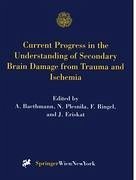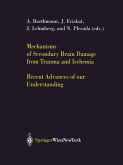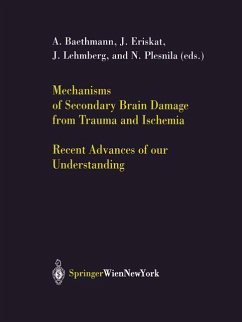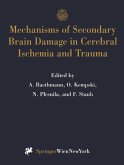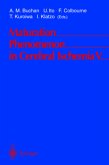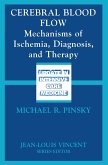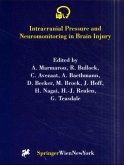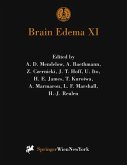Information is provided from the basic and clinical sciences on the mechanisms damaging the brain from trauma or ischemia. New aspects involve the endoplasmic reticulum, mitochondrial failure, pathobiology of axonal injury, molecular signals activating glial elements, or the emerging therapeutical role of neurotrophins. Experimental issues involve a better analysis of the ischemic penumbra, the salvagable tissue. Therapeutic contributions reach from the environmental influence to gene expression, including neuroprotection, such as hibernation mother nature s experiment or hypothermia which is reported to induce cell swelling. Treatment issues deal also with thrombolysis and combination therapies, or with the clearance of adverse blood components LDL/fibrinogen by a novel procedure using heparin. Other highlights are discussing the specificities of pediatric vs. adult brain trauma, or the evolving role of the Apolipoprotein-E e4 gene in severe head injury. An update is also provided on an online assessment of the patient management during the pre- and early hospital phase in Southern Bavaria. The empirical observation of neuroworsening is analyzed in further details, whether this is a specificity autonomously driving the posttraumatic course. Finally, the unsolved question why drug trials in severe head injury have failed so far in view of the promising evidence from the laboratory is subjected to an expert analysis.
Hinweis: Dieser Artikel kann nur an eine deutsche Lieferadresse ausgeliefert werden.
Hinweis: Dieser Artikel kann nur an eine deutsche Lieferadresse ausgeliefert werden.

